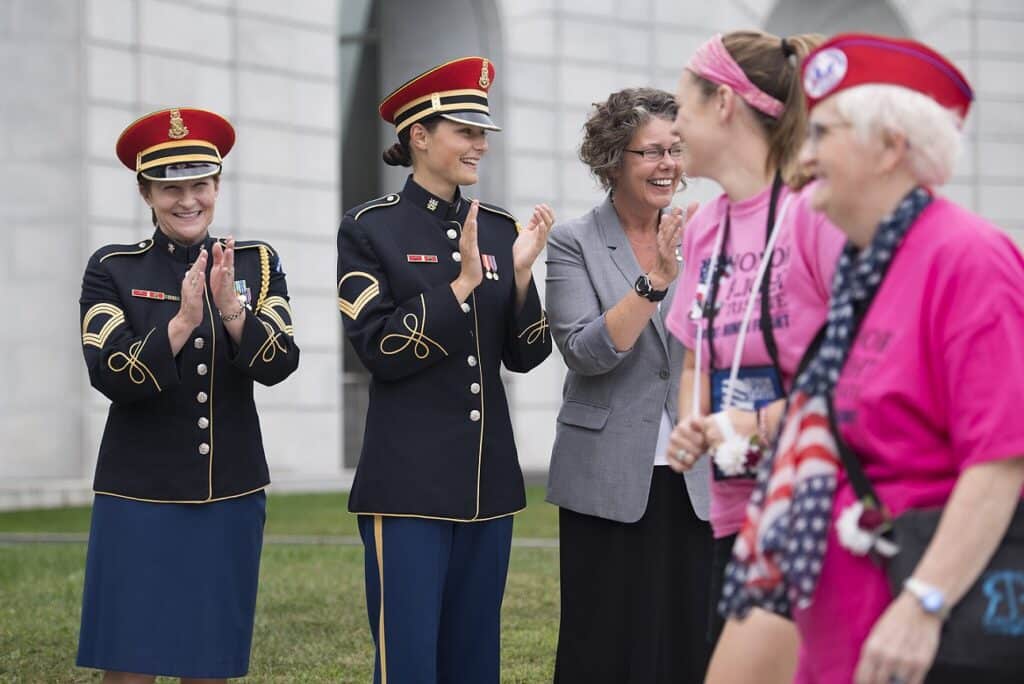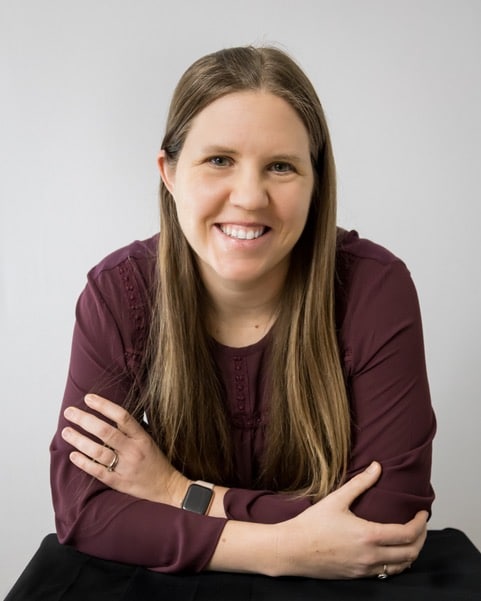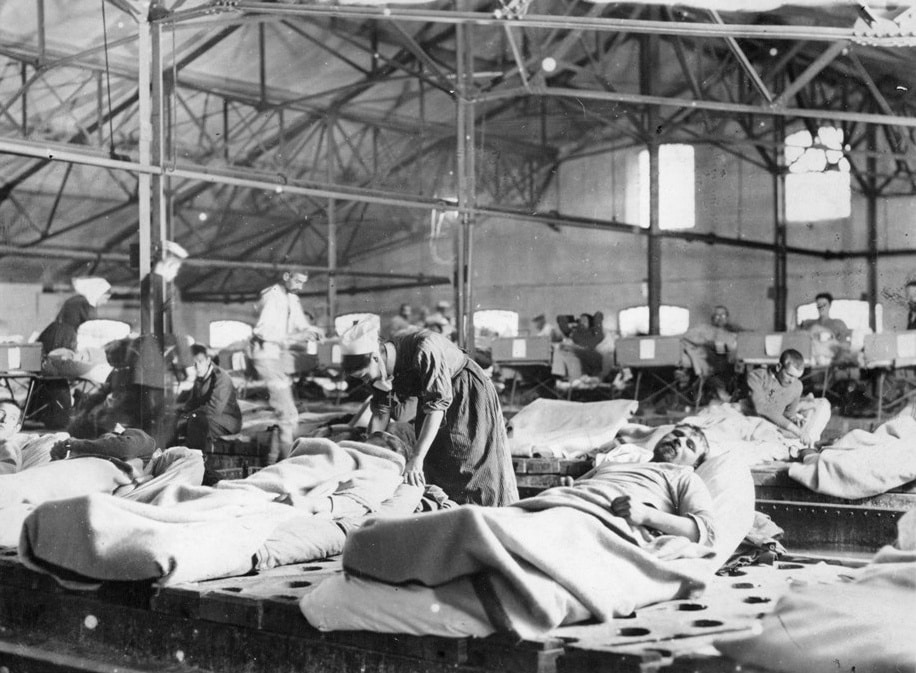By Amanda Huffman
Contributing Writer
In 1948, President Truman signed the Women’s Armed Service Integration Act formally allowing women to serve in the U.S. military. During the two World Wars, the military relied on women to fill shortfalls in manpower, but they were not given military status and went back to their daily lives and families once the wars ended. However, there were enough women serving in the military during World War II that advocates pushed to allow women to continue to serve at certain caps and that opened the door to allow women to serve in the military.
But the story of women in the military doesn’t start with the Women’s Armed Service Integration Act or even with the roles they played during World War I and II. The history of women supporting the military began with informal roles they played in the early days of the Revolutionary War. While the most commonly known role for women is that of nurses, they supported the military in many other career fields. In fact, without women, the military would not have been able to function.
Women throughout history have disguised themselves as men so that they could fight in wars. Likely, the most well-known woman from the Revolutionary War who served by pretending to be a man was Deborah Sampson. She took on the name Robert Shurtleff and joined the Fourth Massachusetts Regiment. Later, Jennie Hodgers (posing as Albert Cashier) and Frances Clayton (known also as Frances Clalin or Jack Williams) both served during the Civil War by dressing up as men. Frances fought alongside her husband John, turning herself in after he died in battle.
Women in the Revolutionary War
It’s widely known that Martha Washington often accompanied her husband, George Washington, to various camps to support not only him but other soldiers. And she was just one of many women who played important roles to support the military during the Revolutionary War. Some were military spouses like Molly Corbin who took her husband’s place at his cannon when he was injured. Other women who were not related to serving members also supported the military by cooking, sewing,, washing the laundry, and more.
Women in the Civil War
The first and only woman to be awarded the Medal of Honor was a doctor who refused to serve as a nurse based on her medical qualifications. Dr. Mary Walker was even a prisoner of war for four months.
Harriet Tubman is known for her role in the Underground Railroad, but that is just one piece of her history. Tubman was also a spy for the Union Army and even helped to coordinate an attack in the South at the Combahee Ferry Raid.
During the Civil War, the military realized it needed more medical staff and allowed women to serve as nurses. This opened the door for women to serve in the medical field even after the war ended. Prior to this, the medical field was predominantly run by men.
Women in World War I
Once the Civil War opened the field of nursing to women, opportunities changed. By the time World War I took place (1914-1918), the military was relying on women to nurse the injured. While the Navy and Marine Corps allowed women to enlist and receive Veteran benefits, the U.S. Army did not provide the same opportunities. Instead, women supported the Army and were not given rank nor equal pay. Initially, they were kept away from the battlefield until it was clear that having nurses far away from the battle scene led to more men dying without their care.
During World War I, women also filled roles as military telephone operators, clerks, typists, stenographers, translators, and canteen hostesses. Times were changing.
Women in World War II and Beyond
By 1941, women had become more active in the military. During the Second World War, women were allowed to serve, but only in certain career fields. And even so, it was precarious. The Women’s AirForce Service Pilots (WASP) were promised military status, but it was ultimately blocked by Congress. Women also served as spies and code breakers but only as civilians who were not given military status. Even so, each woman who stepped into a non-traditional role and supported the military carved a path for the roles women serve in today.
Now, women can serve in every occupation in the military. This Women’s History Month we recognize and thank these women for the bravery and sacrifice that opened the door for me and for all other women in the military.


Amanda is a military Veteran who served in the Air Force for six years as a Civil Engineer who served on a combat deployment with the Army in Afghanistan. She traded in her combat boots for a diaper bag to stay home with her two boys and follow her husband’s military career in the Space Force. Amanda is the host of the Women of the Military podcast. There she shares the stories of women who have served or are serving in the military. The podcast has over 200 episodes and over 100K downloads. Amanda is also an author and has published two books. Her first book, Women of the Military tells the stories of 28 military women who served in the military. Her second book, A Girl’s Guide to Military Service, is the IBPA Benjamin Franklin Gold Winner for Teen Non Fiction. It is a guide for high school girls considering military service to help them build a strong foundation for their future career. She also works as a freelance writer and has been featured in a number of military publications including The War Horse, Military.com, Military Families Magazine, Clearance Jobs, Military Spouse Magazine, and more.



